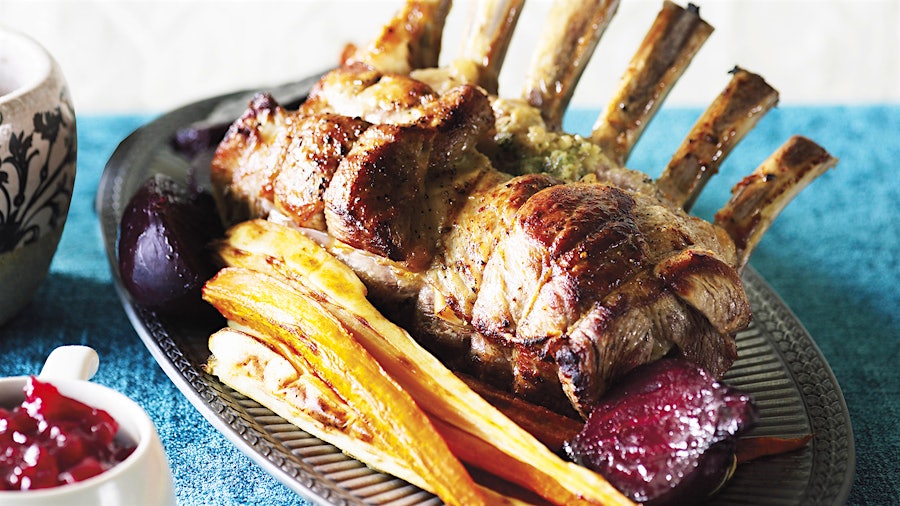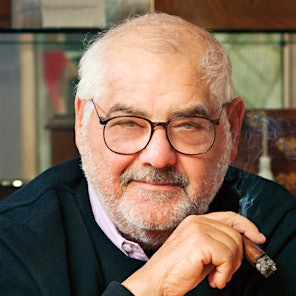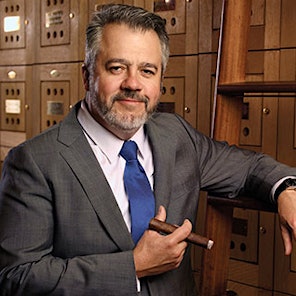Prime Rib Roast

Thanksgiving meat preferences are limited by custom to two: white turkey meat or dark. By December's holidays, one might be ready for a respite from eating of the big bird, whatever the color of its meat. If your next choice is for a prime rib roast, your dilemma may also seem to only be two-sided: rare or well-done.
But the truth is far from that. Your perfect holiday roast experience is loaded with decisions that may be pitfalls if not well made. First consider the name. Prime rib roast is often something of a misnomer, which will lead to confusion at the meat market. While we use the term loosely to describe a cut of meat, the USDA won't let your butcher call it that unless it is officially graded prime (the most marbled in degrees of intramuscular fat). What we usually mean is the cut of beef taken from the animal's back from between the sixth and twelfth rib. It comes in prime, choice, select and standard grades and is also referred to as "standing" since that is the way it is cooked—that is upright and not sliced into steaks and laid on the grill (those would be called rib eyes). Since fat means flavor, cleave closer to prime—unless you're Jack Sprat.
Roasts can be as large as seven ribs wide, but if you are buying fewer you need to choose from which side it is cut. The small end has (relatively) leaner meat and the large end comes with more fat pockets (its steaks are sometimes termed "Delmonico"). Your decision shouldn't be limited to width, but include depth as well. You can buy the cut with or without its ribs (bone-in or boneless). Bone-in is often thought to be more flavorful and leaves you with the bonus of ribs for soup making later on. Boneless can be simpler to deal with, since it cooks more evenly and slices with ease. A good butcher will partially cut away the ribs of a bone-in and tie them for cooking, which helps with carving.
The best directions for roasting have two things in common: constant temperature monitoring and removing the cut from the oven and wrapping it in foil while it attains its last 15° F. Diners may prefer varying degrees of doneness (spoiler alert: we like rare), but it's best to cook your roast to an even temperature. If you have to please divergent tastes, consider making two small roasts.
The last choice: whether to use the drippings for au jus or Yorkshire pudding. Conundrum!


















